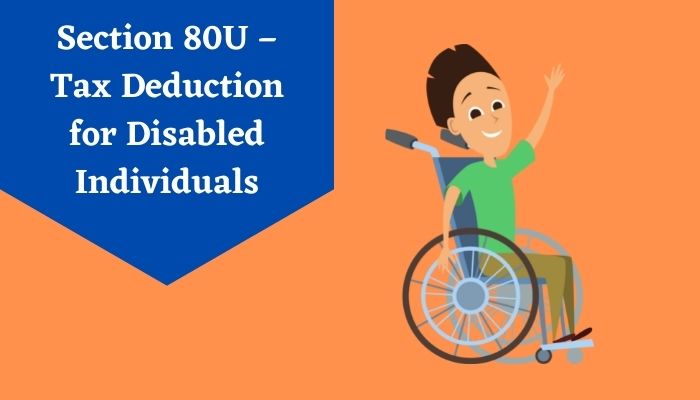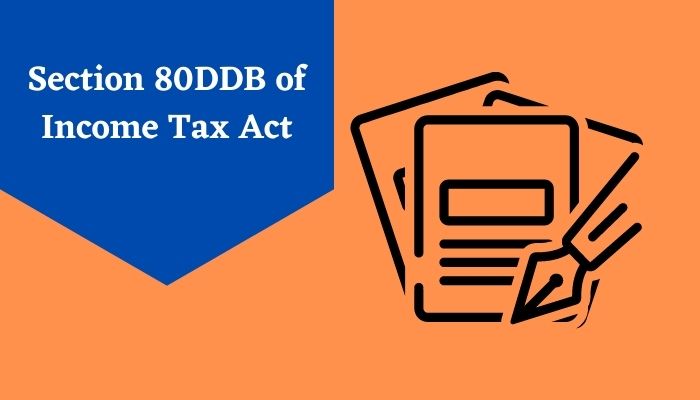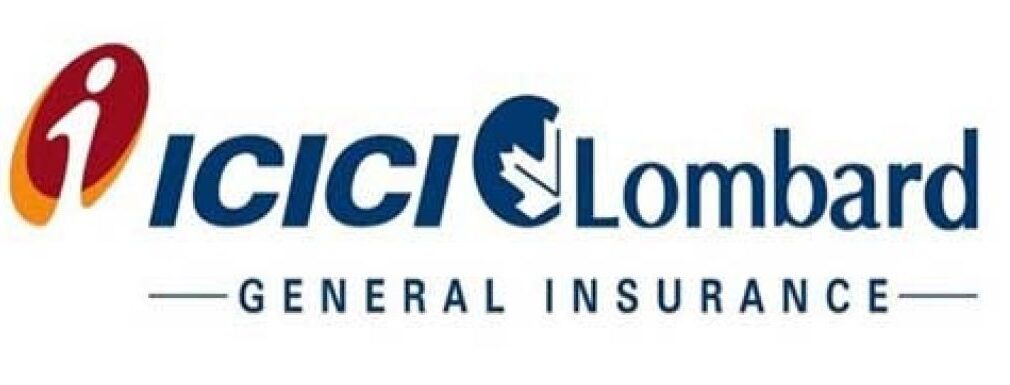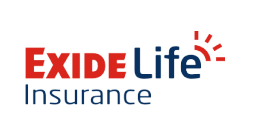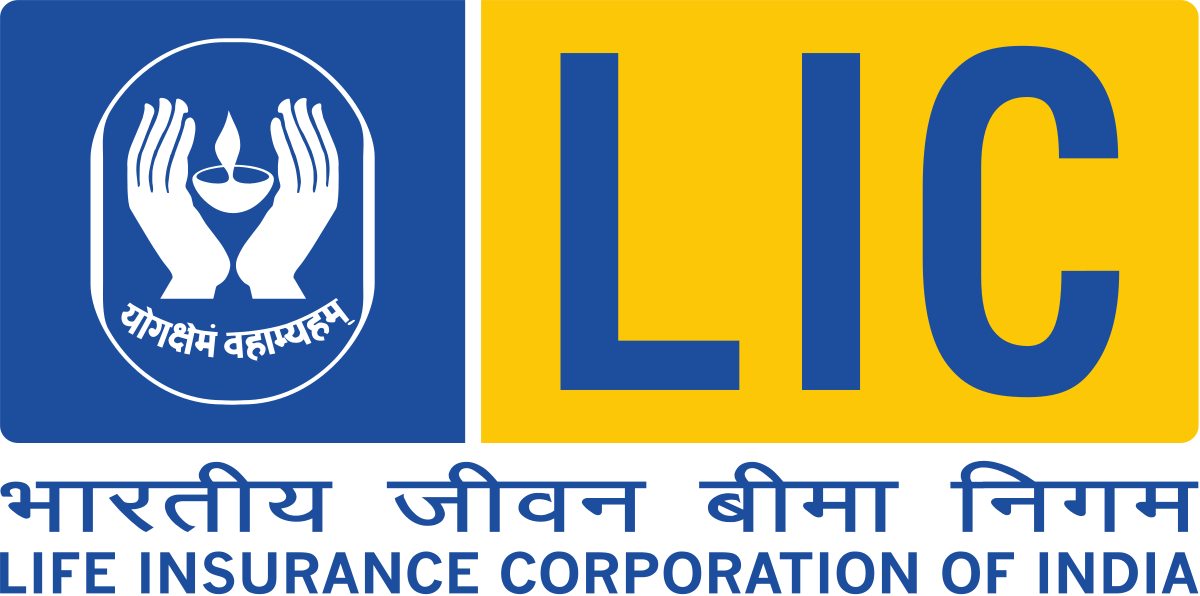Punjab & Sind Bank Recurring Deposit Interest Rates
Planning on starting the new year with a little spending and saving discipline? You are quite likely on the right track if you are considering getting a recurring deposit. Are you completely sure it’s the right choice for you? Let’s find out! In fact, let’s find out a whole lot related to recurring deposits and yes, the Punjab & Sind Bank Recurring Deposit Interest Rates 2022 as well.
In this post we will
- Cover the various investor segments that can benefit from investing in recurring deposits
- Observe the pros and cons of recurring deposits
- Develop a checklist for choosing recurring deposits
- List the Punjab & Sind Bank Recurring Deposit Interest Rates 2022
Investor segments that can benefit from investing in recurring deposits
- Small earners, big spenders: If you are one of these two or a combination of them chances are that you have very little spare capital (either because of your big lifestyle or your modest income). Recurring deposits welcome deposits as small as Rs 100 per month.
- Retirees and pre-retirees: If you cannot afford to risk the limited years of income or the limited capital you have coming in (or simply don’t want to put your heart through the strain of capital risk), fixed-income investments will probably be the most preferable, being at the lower end of the risk spectrum.
- High-risk investors seeking balance: If you have too high a proportion of high risk investments, you or your financial advisor might decide to rebalance your portfolio and invest in some fixed-income investment as a risk-management measure.
Pros and cons of recurring deposits
Recurring deposits come with benefits such as
- The ability to start small, with minimum installment amounts as low as Rs 100. Punjab & Sindh Bank takes this a step ahead, even allowing deposits of Rs 10.
- The flexibility to invest more in months with higher income (like bonus time!) or lower spending.
- Ability to earn interest even as you are gathering/ adding to your capital.
- Fixed amount of interest.
- Low risk.
- Tax deductions under 80C of the income tax act.
- Loan or overdraft facility against your RD amount; sometimes you might even get a loan amount against a percentage of your RD amount plus interest earned.
- Short term if desired; the minimum investment term is 6 months and also very long term if desired; the maximum investment term is 10 years.
Benefits specific to Punjab & Sindh Bank
- Your RD account can be opened singly or jointly
- Minimum deposit amount Rs 10
However, like almost anything in life RDs too have drawbacks, such as
- The potential of lower returns than expected on account of having to pay penalties on installments forgotten or missed for any other reason.
- Lower returns than one may have earned if one had sufficient risk appetite and know how to invest in mutual funds or the stock market.
- Loss of liquidity in banks that disallow or penalize premature withdrawal.
Checklist for choosing recurring deposits
Comparison is a must when choosing any type of investment, not just recurring deposits. You can use this method to evaluate your investment choices across many types of investments
- Peer comparison: Compare the RDs of different banks to one another, using this process
Step 1: gather interest rates from several scheduled banks
Step 2: use an RD calculator to get the amount of interest by entering your tenure, capital and interest amount
Step 3: use a similar process to get the actual amount of fees for each bank
Step 4: deduct the actual amount of fees from the actual amount of interest to arrive at how many rupees you will earn from each bank. Pick the one paying the highest number of rupees.
Unless, you already have a large proportion of your savings invested with the same bank, in which case, pick the next.
- Asset class comparison: Compare your earnings to what you would get from other fixed-income, minimal risk investments. Are you likely to derive the best earnings from your RD?Do also remember to consider other factors like liquidity (or the ability to withdraw your investment soon/ whenever you want) and convenience.
- Portfolio comparison: Do you really need a minimal risk investment or do you actually have potential to accept some risk and access higher returns? What does your investment portfolio and income trajectory look like? Especially if you are in the middle of your career and have substantial fixed income investments, maybe you should consider vehicles for higher growth,but only after doing your research. Today, platforms like IIFL take investor education very seriously and you can learn about all the different types of investments out there (their risk, returns history, how they work and so on) on such platforms.
Expected slabs of Punjab & Sind Bank Recurring Deposit Interest Rates 2022
- 3 months to less than 6 months – 4.45%
- 6 months to less than 9 months – 4.50%
- 9 months to less than 1 year – 5.05%
- 1 year to less than 2 years – 5.15%
- 2 years to 10 years – 5.30%
Conclusion: Use this post to evaluate RDs and make the right choice. If you have a low risk appetite, low monthly savings and want to benefit from fixed income investments, RDs could check all those boxes.

